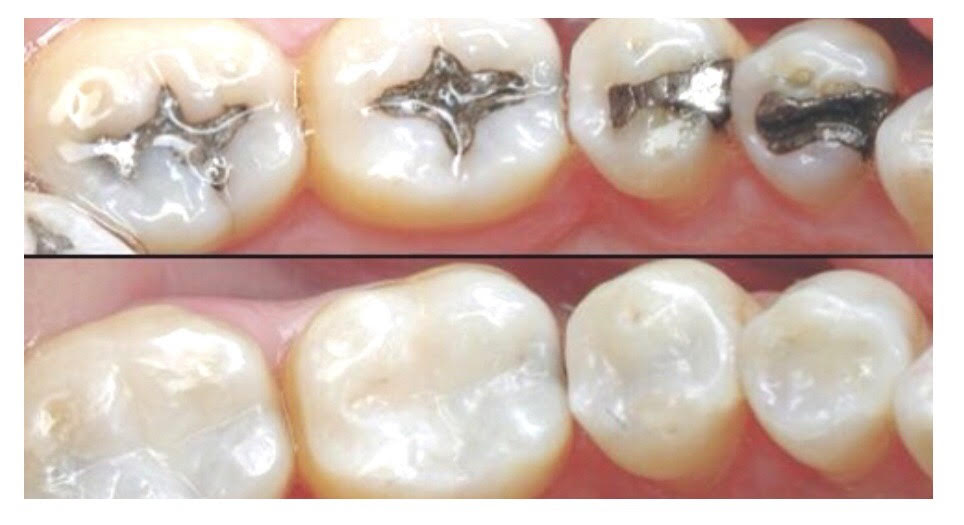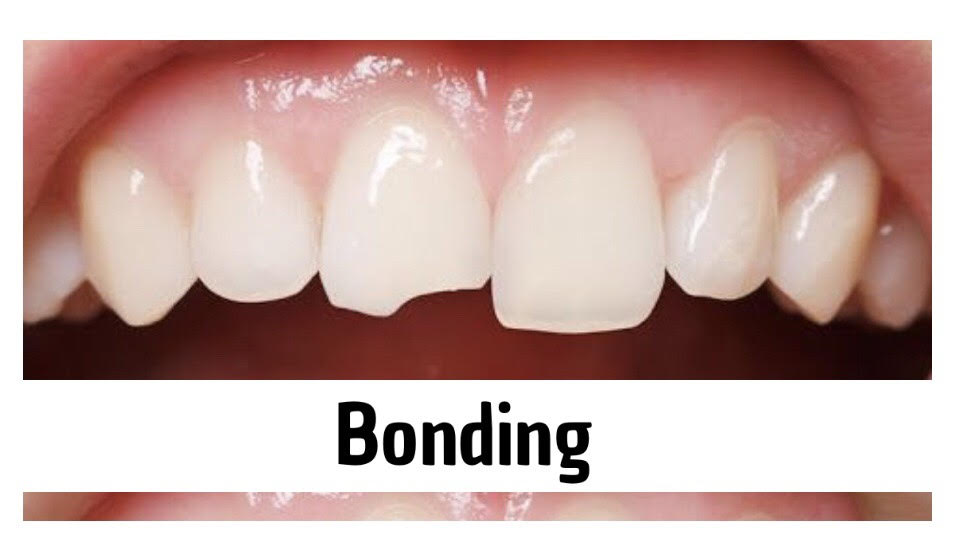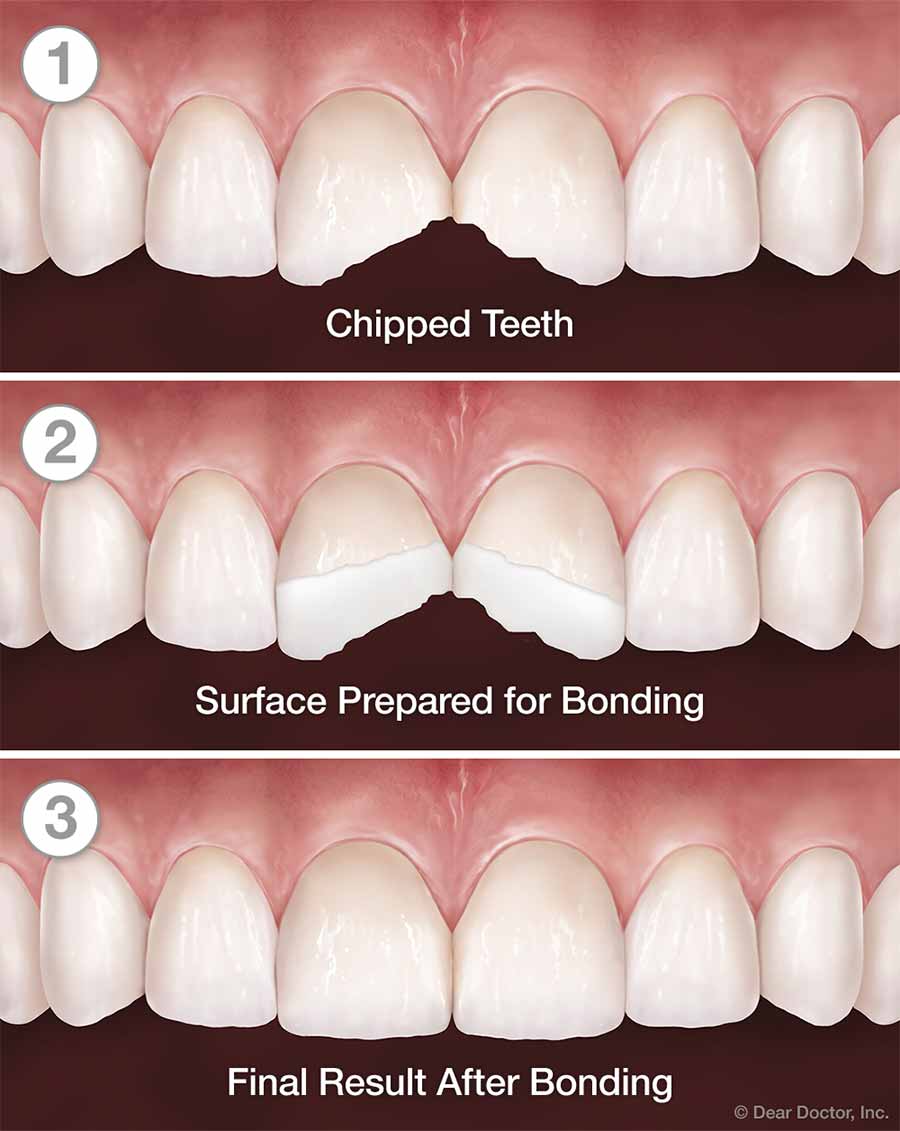- Navigation
- OUR OFFICE
- » MEET OUR DOCTOR
- » MEET OUR STAFF
- » OFFICE TOUR & INFORMATION
- SERVICES
- » FIRST OFFICE VISITS
- » CHILDREN DENTAL CARE
- » PREVENTATIVE CARE
- » COMPOSITE FILLINGS
- » PERIODONTAL
- » ROOT CANAL THERAPY
- » CROWN & BRIDGE
- » EXTRACTIONS
- » DENTURES
- » IMPLANT DENTISTRY
- » WHITENING
- PAYMENTS
- » INSURANCE
- » FINANCING
- » SCHEDULING
- » DENTAL EMERGENCIES
- » SPECIAL OFFERS
- NEW PATIENT
- CONTACT
What Is A Composite Filling?
A composite filling is a tooth-colored plastic and glass mixture used to restore decayed teeth. Composites are also used for cosmetic improvements of the smile by changing the color of the teeth or reshaping disfigured teeth.
How Is It Placed?
Following preparation, the dentist places the composite in layers, typically using a light specialized to harden each layer. When the process is finished, the dentist will shape the composite to fit the tooth. The dentist then polishes the composite to prevent staining and early wear.
What Is The Cost
Prices vary, but composites can cost up to two times the price of a silver filling. Most dental insurance plans cover the cost of the composite up to the price of a silver filling, with the patient paying the difference. As composites continue to improve, insurance companies are more likely to increase their coverage of composites.
What Are The Advantages Of Composites?
Aesthetics are the main advantage of composites since dentists can blend shades to create a color nearly identical to that of the actual tooth. Composites bond to the tooth to support the remaining tooth structure, which helps to prevent breakage and insulate the tooth from excessive temperature changes.
What Are The Disadvantages?
After receiving a composite, a patient may experience postoperative sensitivity. Also, the shade of the composite can change slightly if the patient drinks tea, coffee, or other staining foods. The dentist can put a clear plastic coating over the composite to prevent the color from changing if a patient is particularly concerned about tooth color. Composites tend to wear out sooner than silver fillings in larger cavities, although they hold up as well in small cavities.
What is Bonding?
Bonding is the application of a tooth-colored composite resin (plastic) to repair a decayed, chipped, fractured or discolored tooth. Unlike veneers, which are manufactured in a laboratory and require a customized mold to achieve a proper fit, bonding can be done in a single visit. The procedure is called bonding of because the material bonds to the tooth.
What Is It Used For?
Bonding is among the easiest and least expensive of cosmetic dental procedures. The composite resin used in bonding can be shaped and polished to match the surrounding teeth. Most often, bonding is used for cosmetic purposes to improve the appearance of a discolored or chipped tooth. It also can be used to close spaces between teeth, to make teeth look longer, or to change the shape or color of teeth.
Sometimes, bonding also is used as a cosmetic alternative to amalgam fillings, or to protect a portion of the tooth's root that has been exposed when gums recede.
Preparation No preparation is needed for bonding. Anesthesia often is not necessary, unless the bonding is being used to fill a decayed tooth.
How It's Done
Your dentist will use a shade guide to select the composite resin color that will match the color of the tooth most closely.
Once your dentist has chosen the color, he or she will slightly abrade or etch the surface of the tooth to roughen it. The tooth will be coated lightly with a conditioning liquid, which helps the bonding material adhere.
When the tooth is prepared, your dentist will apply the tooth-colored, putty-like resin. The resin is molded and smoothed until it's the proper shape. Then the material is hardened with an ultraviolet light or laser.
After the bonding material hardens, your dentist will further trim and shape it. Then he or she will polish the material until it matches the sheen of the rest of the tooth surface. It usually takes about 30 minutes to an hour to complete the procedure. If you're having more than one tooth done, you may need to schedule several visits.
Tea, coffee, cigarette smoke, and other substances can stain the resin. To prevent or minimize stains, it's essential to avoid eating or drinking foods that can stain for the first 48 hours after any composite procedure. In addition, brush your teeth often and have them cleaned regularly by a dental hygienist.
Risks
The composite resin used in bonding isn't nearly as strong as a natural tooth. Biting your fingernails or chewing on ice or pens can chip the material. Bonding usually lasts several years before it needs to be repaired. How long it actually lasts depends on how much bonding was done and your oral habits.
When To Call Your Doctor?
In the days after having the bonding done, call your dentist if you notice sharp edges on the bonded teeth or your teeth feel strange or "off" when you bite down.
At any time, call your dentist if the bonding chips or pieces fall out.
© 2012-2017 HQNguyen.com, All Rights Reserved. Designed by Web Tech Enterprise, LLC.




